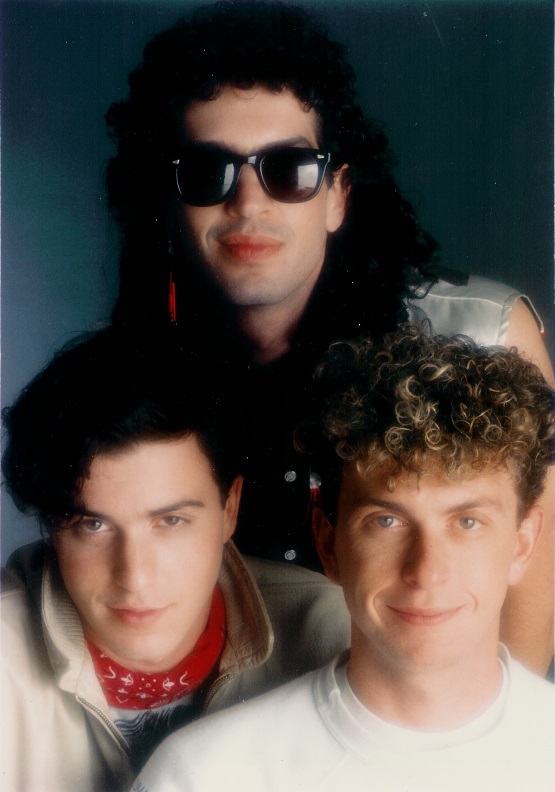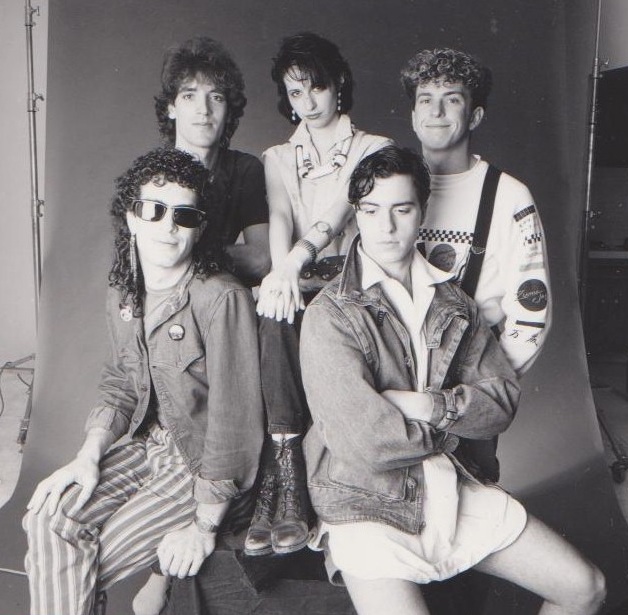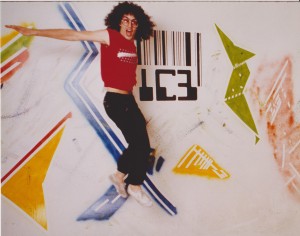IC3 was the most influential band you’ve never heard of.
From their distinctive bar code logo, their “peace and love through technology” motto to their DIY style, IC3 was well ahead of their time. When the band self-released their appropriately named EP, “I4C” back in the summer of 1983, the world of pop music was a far different place than it is today.
With no label support, no financing, and at first, no actual touring band, IC3 came dangerously close to cracking the big time. From 1983 to 1984, they received copious airplay on Los Angeles’ influential KROQ, most notably from Richard Blade (who also featured their self-produced video repeatedly on his syndicated Video One show) and caught the attention of, amongst others, Gary Gersh (then a rising star at EMI America), Clive Davis and mega-deal maker Mickey Shapiro before ultimately succumbing to their own insistence on doing everything their way. The higher their demand peaked, the more they burrowed underground. They were the consummate anti-stars, playing few shows and never venturing outside of LA county. Nowadays, the concept of a band forming their own label and taking the indie route is fairly commonplace. In 1983, IC3 blazed the trail. Top: Roman “JA” Cliff
Top: Roman “JA” Cliff
bottom left: J ‘Dizz” Astor
bottom right: Blaid Hareson
photo by John Livzey

IC3:
top L to R – Jet Redd (drums), Monica Boulevard (Monica Moore – keyboards), Blaid Hareson (G’s and V’s)
bottom L to R: Roman “JA” Cliff – G’s and V’s, J. “Dizz” Astor – keys and V’s
photo by John Livzey

Cliff – words, music, guitars, vocals, production
photo by John Livzey
